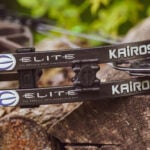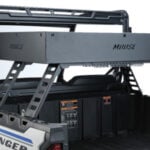LAST UPDATED: October 26th, 2020
Some bowhunters obsess over bow speeds. If a bow isn’t listed with an ATA velocity of 350 fps or higher, they want nothing to do with it. And I understand. It’s exciting to see big numbers. But, is speed everything? Nope, not even close.
Consider this comparison. Some firearms hunters believe in shooting large-caliber guns. But, if an elk hunter shooting a 7mm Magnum makes a poor hit because it’s too much gun for him/her to handle, then a .243 bullet placed right through the lungs on a broadside elk is the deadlier gun.
My point is that nothing overrides shot placement. Nothing. So, if you shoot the fastest bow available but can’t hit bull’s-eyes, then speed means absolutely nothing. Period.
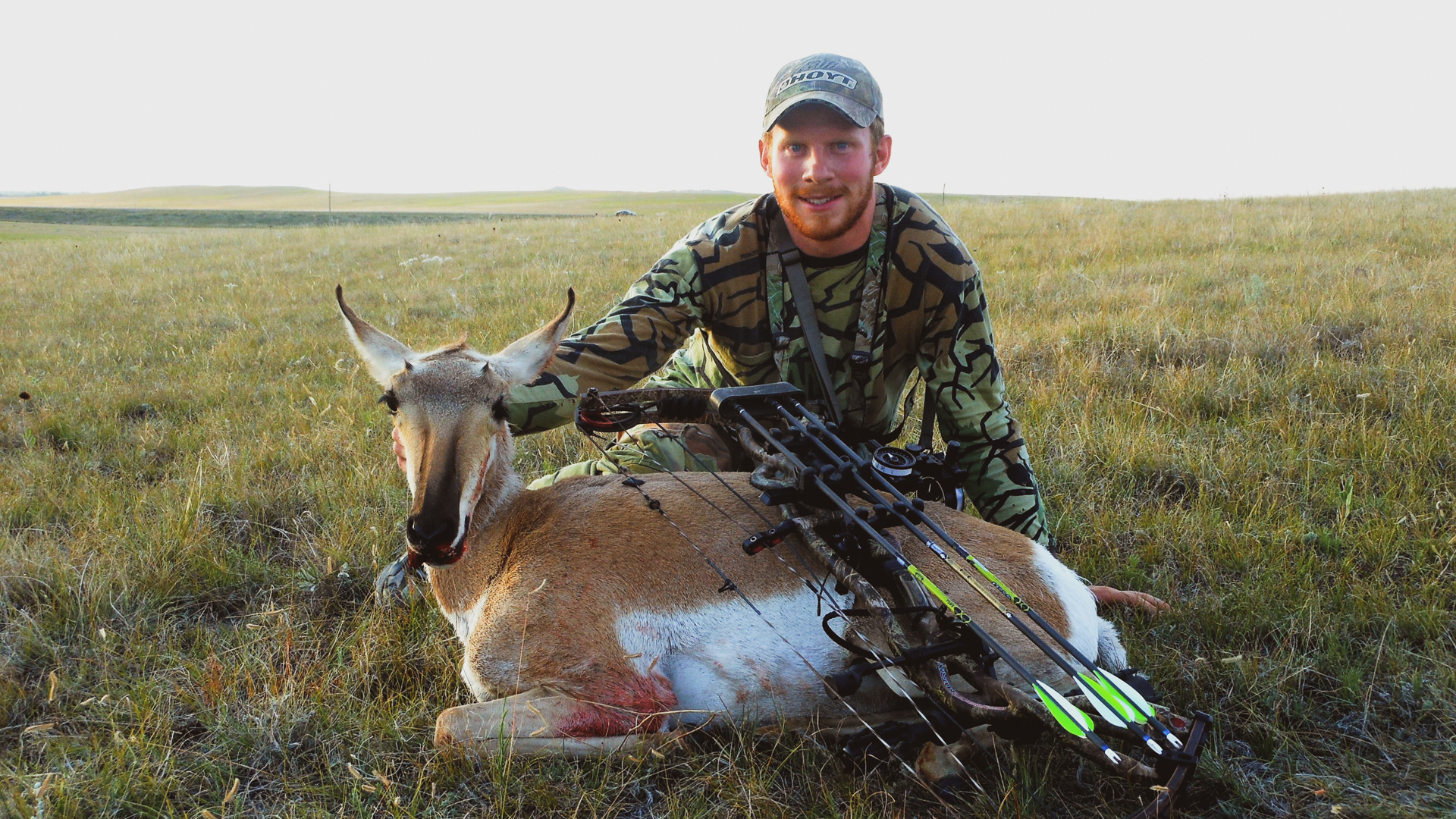
The second most important thing isn’t speed, either. Penetration is next, and it takes a solid arrow setup paired with a sharp broadhead to achieve it. Here’s an elementary example to qualify my point.
If you were to test the stopping distance of an economy car next to the stopping distance of a semi, you’ll find that the economy car stops way faster. The semi maintains its momentum longer, and thus it travels farther while braking. The same concept applies to arrows, a heavier arrow having the same effect as the semi.
To that end, let’s delve a little deeper into the speed-vs.-arrow-weight conversation. Follow along.
Speeds Are Deceiving
Newsflash: a bow listed at 350 fps hardly ever shoots 350 fps when setup for hunting. Why? Let’s look at the metrics used to obtain listed ATA speeds.
First, bow speeds are found with a 30-inch draw length. Few bowhunters fit into a 30-inch draw length. Second, the bow is set to 70 pounds. Although many can, most bowhunters can’t comfortably shoot 70 pounds. Finally, a lightweight 350-grain arrow is used.
That’s the bare minimum arrow weight before you risk damaging the bow (when set to 30 inches and 70 pounds), and most bowhunters shouldn’t shoot such a light arrow. Lastly, the test is done without a peep or string silencers. Again, these are unrealistic metrics for most bowhunters and bowhunting applications.
That being said, don’t get high hopes because the listed speed is high. Reality is, most bows setup for hunting will never match list speeds.
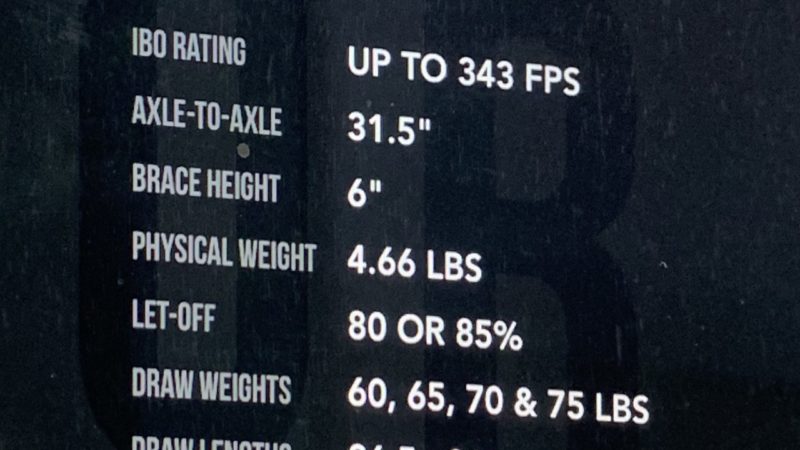
Bringing Things Back Into Perspective
Let’s set the record straight. What velocity can you expect from a 350-fps bow? Well, if you shoot a 29-inch draw length, that alone will usually reduce the speed to 335-340 fps. Add two string silencers and a peep sight, and you can expect to be down to 325-330 fps. Shoot 60 pounds instead of 70, and you’ll likely land around 310-320 fps. Of course, a 400-grain arrow will reduce your speed even further, likely in the 290- to 300-fps range. This lands you at actual velocity.
(Note: These are all estimates, but are indicative of what you can expect).
Is Milking Out Speed Beneficial?
Now that you understand the differences between ATA and actual velocity, you probably wonder if shooting a lightweight arrow to gain back a bunch of feet per second is a good move. Yes, your velocity will increase, but a “soda-straw” arrow will have greater wind drift, especially when shooting at longer distances. Second, an ultralight arrow, particularly when front-of-center (FOC) isn’t correct, will penetrate poorly. I’ve seen it happen, even with a 70-pound bow.
Like I said earlier, a light arrow loses energy faster as it travels downrange. A heavier arrow creates a lot more momentum. For that reason, striving for the fastest velocity possible usually does more harm than good. Your setup will perform better if you err on the heavier side with arrows, particularly if you plan to hunt elk or moose.
Arrow Business
In the past, I’ve shot numerous speed bows and numerous forgiving bows. Regardless, I don’t veer from my 400-grain-or-heavier arrows because I know they’ll penetrate well. I could hit 300 fps if I reduced arrow weight, but numbers are unimportant to me. I want a bow that delivers a deep-penetrating arrow. My top priorities are accuracy and penetration.
Now, I can’t entirely ignore the merits to faster velocity. A quick arrow produces flatter trajectory, and for the archer shooting a multiple fixed-pin sight, gaps between pins will tighten. This takes some guesswork out of yardage estimation when you can’t use a rangefinder before taking your shot.
As far as applications, energy is less critical for certain game species, such as pronghorns; thin-skinned critters with lighter bones than those of deer and especially elk. For that reason, a lightning-fast bow with lighter arrows could certainly perform OK on antelope, but I’ll still opt for my deer rig when chasing even thin-skinned lopers. Should my arrow strike a shoulder blade, it will drive deep and collapse the lungs. Plus, the prairie winds will have littler effect on my arrow flight with a heavier arrow.
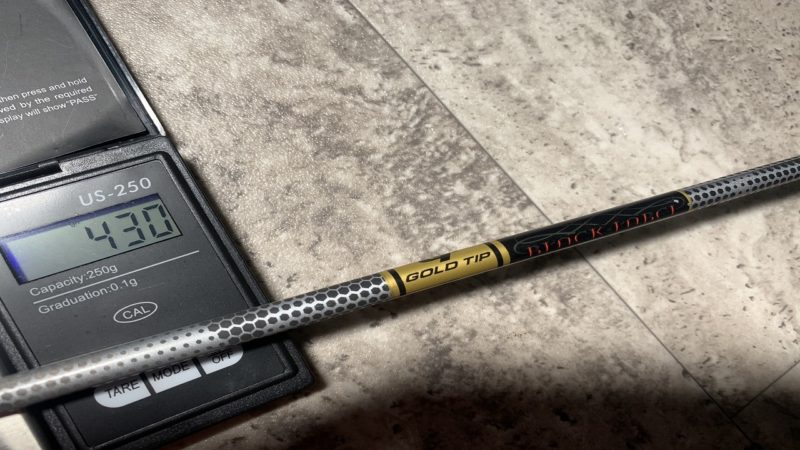
Closing Anecdote
Now, if I haven’t yet convinced you that a stout arrow is more important than velocity, consider the following account.
A dark figure appeared like a ghost in the waning daylight. I motioned for my mother to ready her Mathews bow for the approaching opportunity. As the gorgeous black bear arrived at the bait, she drew, but was unable to distinguish features in order to place a lethal arrow, so she let down. A second time she drew, and the laying bear caught the movement and stood on all fours. A split second later, the arrow completely blew right through the bear just behind its shoulder. Death moans signaled that the bear had run only 30 yards and was down just seconds after the impact.
The bear wasn’t a giant, but a stout 200-pound sow, nonetheless. My mother’s Mathews Mustang — the hunt was back in 2007 — delivered the pass-through shot despite its weak specs — 42 pounds and a 24-inch draw length pushing a 350-grain arrow. I’ve witnessed lots of archery hits on game, but that one clarified that speed, alone, doesn’t kill. Nothing replaces arrow placement from a well-tuned bow pushing an appropriately-weighted arrow.

 By
By 
